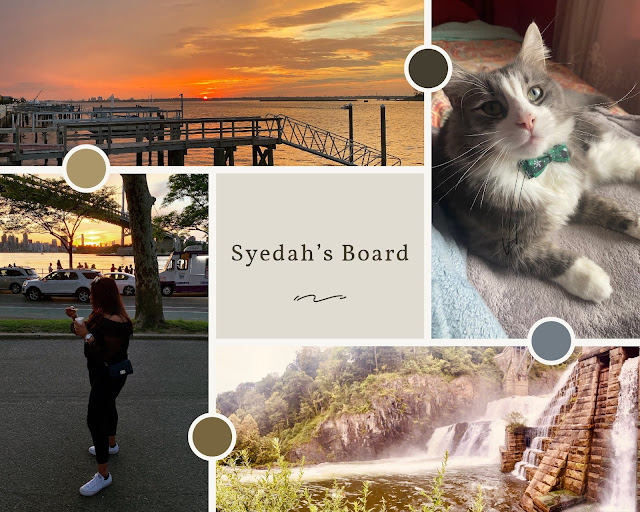Navigation through Wayfinding
Visuals and designs are essential to helping people navigate complex environments. As a New Yorker, I know how vital it is to use maps in the city, otherwise I would have no clue where I’m going. Also, a lot of us use maps to get around the country, from state to state or simply trying to get to a location. Wayfinding and map-making/cartography are two systems that deal with illustrating spacial relationships. Wayfinding can be thought of as spacial problem solving. It involves knowing where you are in an environment (often a building or complex), knowing where your desired location is, knowing how to get there from your present location, and knowing when you have arrived at your destination. Wayfaring systems are used to help people find the right offices, streets, bus stops, bathrooms, departure gates, where their car was parked, etc. In this case, maps are visualizations of spacial relationships. Maps are created by someone with a specific viewpoint or purpose. There are many different type of maps. In London, they use an iconic tube map which exaggerates the size of the city center, while shortening and simplifying the lines radiating out toward its periphery. The prominent region enclosed by the Circle Line (the bottle-shaped loop in the center) occupies about 6% of the Tube map’s total area. Berlin’s public transit map, which looks strikingly similar to London’s, undergoes a similar transformation. The loop enclosing the city center shrinks down to a fraction of its former size, while the routes leading to the Berlin’s outskirts morph from short, straight lines to elongated, curvy paths. Navigability means that the navigator can successfully move in the information space from his present location to a destination, even if the location of the destination is imprecisely known. Three criteria determine the navigability of a space: first, whether the navigator can discover or infer his present location; second, whether a route to the destination can be found; and third, how well the navigator can accumulate wayfinding experience in the space. Comprehensive wayfinding systems often combine signage, maps, symbols, colors, and other communications. Increasingly, they integrate mobile applications, digital displays, RFID, and other wireless technologies.



Maps do help us navigate to a place of where we need to go. Navigation is very important and without the visual maps I don't think iI would be traveling. It would be very difficult to navigate somewhere without a map. Maps help us determine the direction we can go (compass) and with all the extra projections can help us get to our destination
ReplyDelete